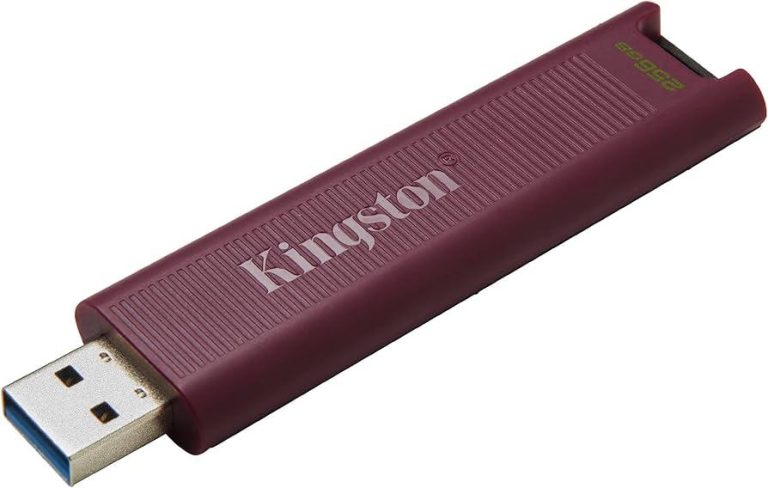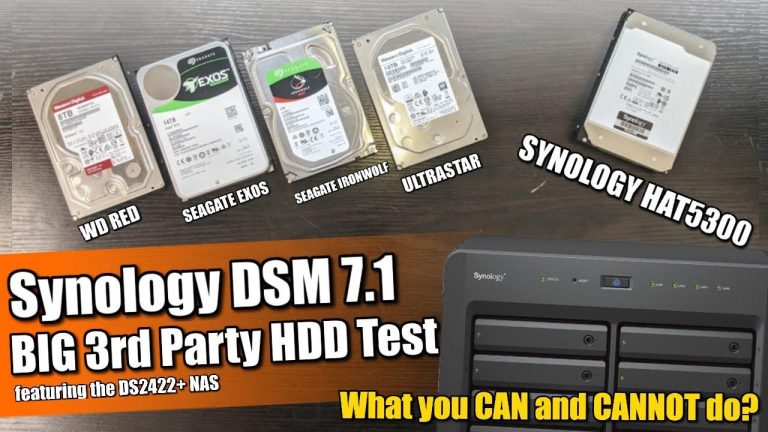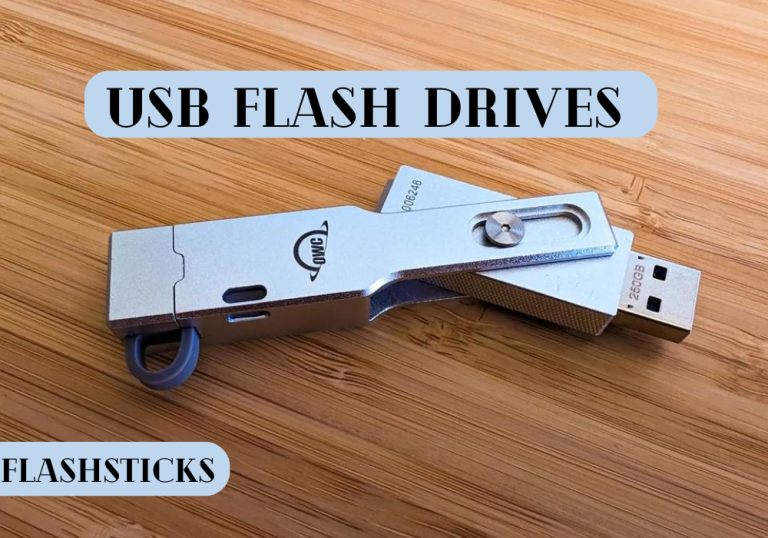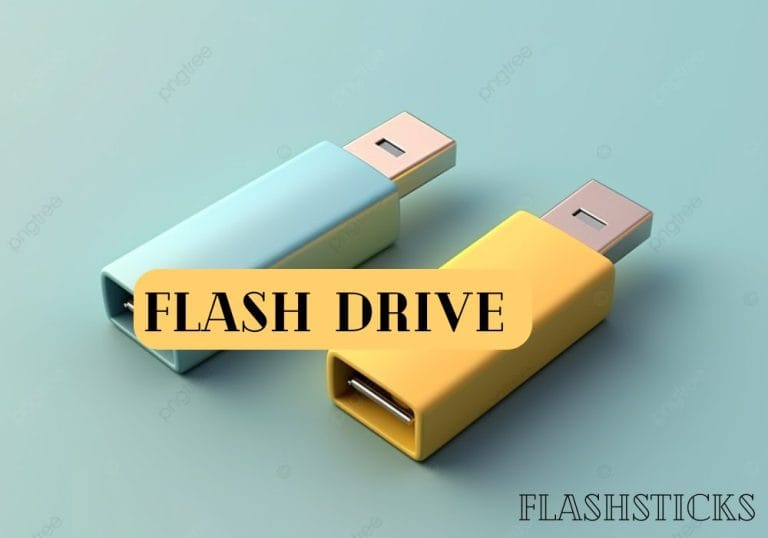How long does flash memory last?
`Flash memory has become an indispensable part of our digital lives, used in devices ranging from smartphones to USB drives. But an often-asked question is, “How long does flash memory lifespan last?” In this article, we will explore the lifespan of flash memory, factors affecting its longevity, and tips to extend its life. Let’s dive right in!
Understanding Flash Memory Lifespan
Flash memory’s lifespan is determined by several factors, such as usage patterns, environmental conditions, and the type of flash memory. Generally, flash memory’s durability can be quantified based on the number of program/erase (P/E) cycles it can endure.
Types of Flash Memory
- NAND Flash: A type of non-volatile storage that can retain data without power. It includes variations like Single-Level Cell (SLC), Multi-Level Cell (MLC), Triple-Level Cell (TLC), and Quad-Level Cell (QLC).
- NOR Flash: Known for its high read speeds and reliability, typically used for firmware storage.
Factors Affecting Flash Memory Lifespan
- Type of Flash Memory: SLC flash memory generally lasts longer than MLC, TLC, and QLC variations.
- Usage Patterns: Frequent write and erase cycles can reduce the lifespan of flash memory.
- Environmental Conditions: Extreme temperatures and humid conditions can negatively impact flash memory endurance.
Expected Lifespan of Different Flash Memory Types
| Type of Flash Memory | Typical Lifespan (P/E Cycles) |
|---|---|
| SLC (Single-Level Cell) | 100,000 P/E cycles |
| MLC (Multi-Level Cell) | 10,000 P/E cycles |
| TLC (Triple-Level Cell) | 3,000 P/E cycles |
| QLC (Quad-Level Cell) | 1,000 P/E cycles |
As evident from the table, SLC flash memory provides the highest endurance but at a higher cost, while QLC offers the lowest endurance at a more affordable price point.
Practical Tips to Extend Flash Memory Lifespan
While inherent limitations exist, there are several actions you can take to extend the lifespan of your flash memory devices:
- Avoid Frequent Writing: Minimize unnecessary write and delete operations to reduce wear on the memory cells.
- Use High-Quality Devices: Invest in reputable brands that offer better error-correction algorithms and wear-leveling technologies.
- Proper Storage: Store flash memory devices in a dry, cool environment to prevent damage from heat and moisture.
- Regular Backups: Maintain regular backups of your data to mitigate the risk of data loss from potential memory failure.
Benefits of Flash Memory
Despite concerns about its lifespan, flash memory offers numerous benefits, including:
- Speed: Faster read and write speeds compared to traditional hard drives.
- Portability: Compact size makes it ideal for portable devices.
- Durability: No moving parts, making it more shock-resistant.
- Energy Efficiency: Consumes less power, beneficial for battery-operated devices.
Conclusion
the lifespan of flash memory depends on various factors such as the type of memory, usage patterns, and environmental conditions. By understanding these elements and following best practices to extend longevity, you can maximize the lifespan of your flash memory devices. With its numerous benefits, flash memory continues to be a critical component in the evolving digital landscape.
By being mindful and taking the necessary precautions, you can ensure that your flash memory serves you well for years to come.
“`







